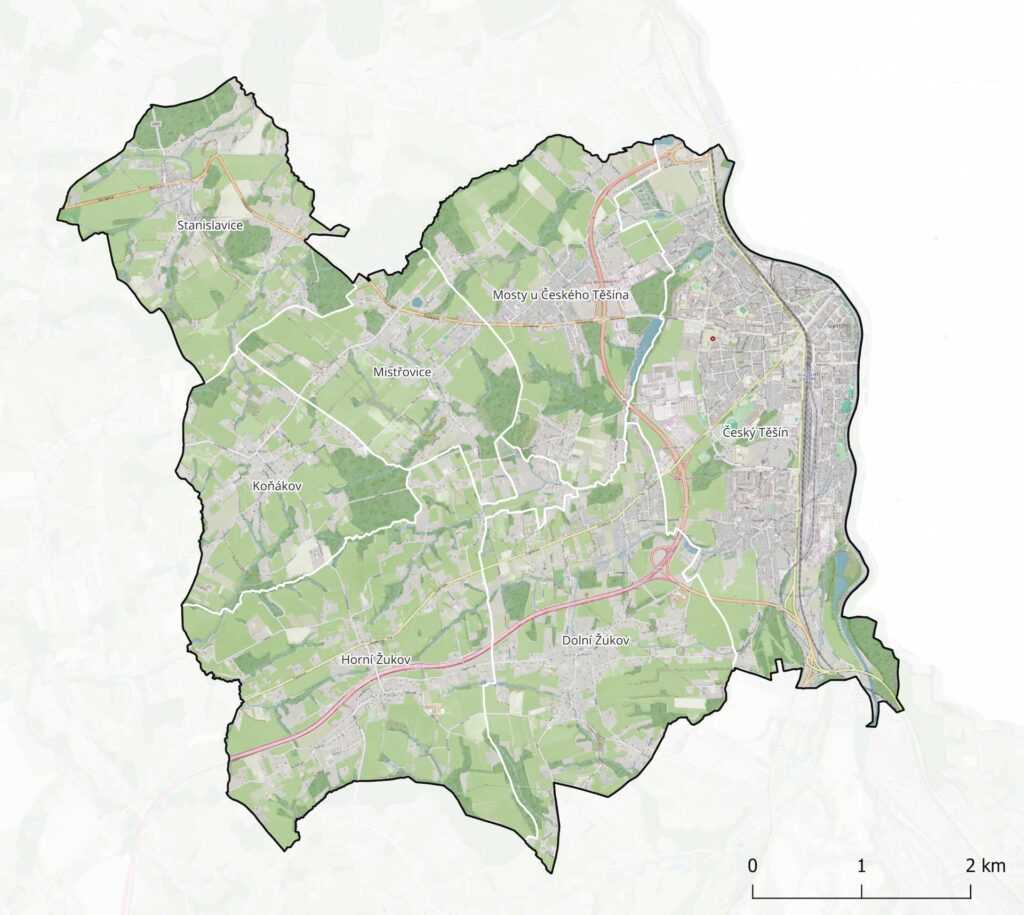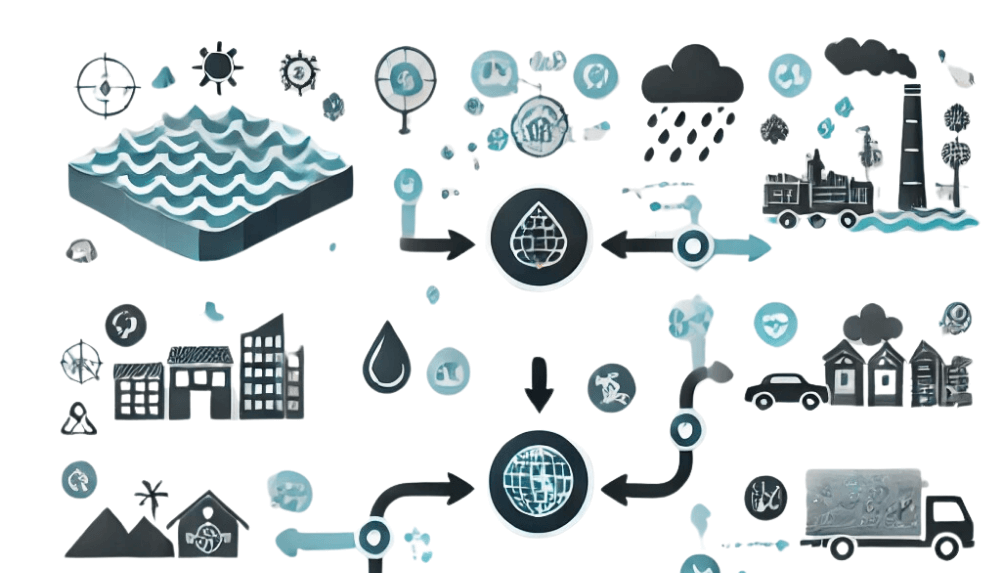Biodiversity, or biological diversity, encompasses all the variety of life on Earth, which includes different species of plants, animals, microorganisms and their genetic variations. This concept refers not only to the number of species but also to the variation within species and the diversity of ecosystems such as forests, rivers, seas and wetlands. Biodiversity is essential for maintaining the ecosystem services that provide critical resources for people, such as food, clean water, and pollination, and it also contributes to preventing natural disasters.
The importance of biodiversity
Biodiversity plays a key role in many aspects of life on Earth. Healthy ecosystems with high biodiversity are better able to withstand changes and stresses such as climate change, natural disasters or human activities. Species diversity ensures the stability of ecosystems and contributes to recovery from disturbance. In addition to its ecological benefits, biodiversity is also of economic importance, as many industries such as agriculture, fisheries and tourism depend on healthy ecosystems and a diversity of biological resources.
Measuring biodiversity
Measuring biodiversity is a complex task involving different methodologies and approaches. The most common indicator is to monitor the number of species in a given location, which provides a basic overview of diversity. However, for a comprehensive assessment, it is also important to consider the genetic diversity and functional diversity of ecosystems. Scientists often use various indices, such as the Shannon index, which takes into account not only the number of species but also their relative abundance. These methods allow a more detailed analysis and understanding of biodiversity in different ecosystems and conditions.
Levels of biodiversity
Biodiversity occurs at several levels, including local, regional and global diversity. Local diversity focuses on the diversity of species in a particular area, such as a forest or wetland, while regional diversity encompasses the broader geographic contexts and evolutionary processes that influence species diversity in a given region. Global diversity then refers to all species and ecosystems on the planet. Each of these levels has its significance, and their conservation is key to maintaining the overall health and functionality of ecosystems.
Factors affecting biodiversity
Many factors affect biodiversity, and these factors can be both natural and anthropogenic. Key natural factors include spatial heterogeneity, which allows different species to coexist in different micro-environments. The landscape context also determines how many species can enter an area and how efficiently they can use the available resources. Furthermore, natural resources and environmental productivity play an important role; high productivity can increase the amount of available resources, but can also lead to competition between species, which can reduce overall biodiversity.
Human activities such as deforestation, urbanisation, pollution and climate change have a major negative impact on biodiversity. Loss of habitat, invasion of non-native species and ecosystem degradation are just some of the threats facing biodiversity. Biodiversity conservation is becoming increasingly important in the context of global environmental challenges such as climate change and loss of natural resources.




















